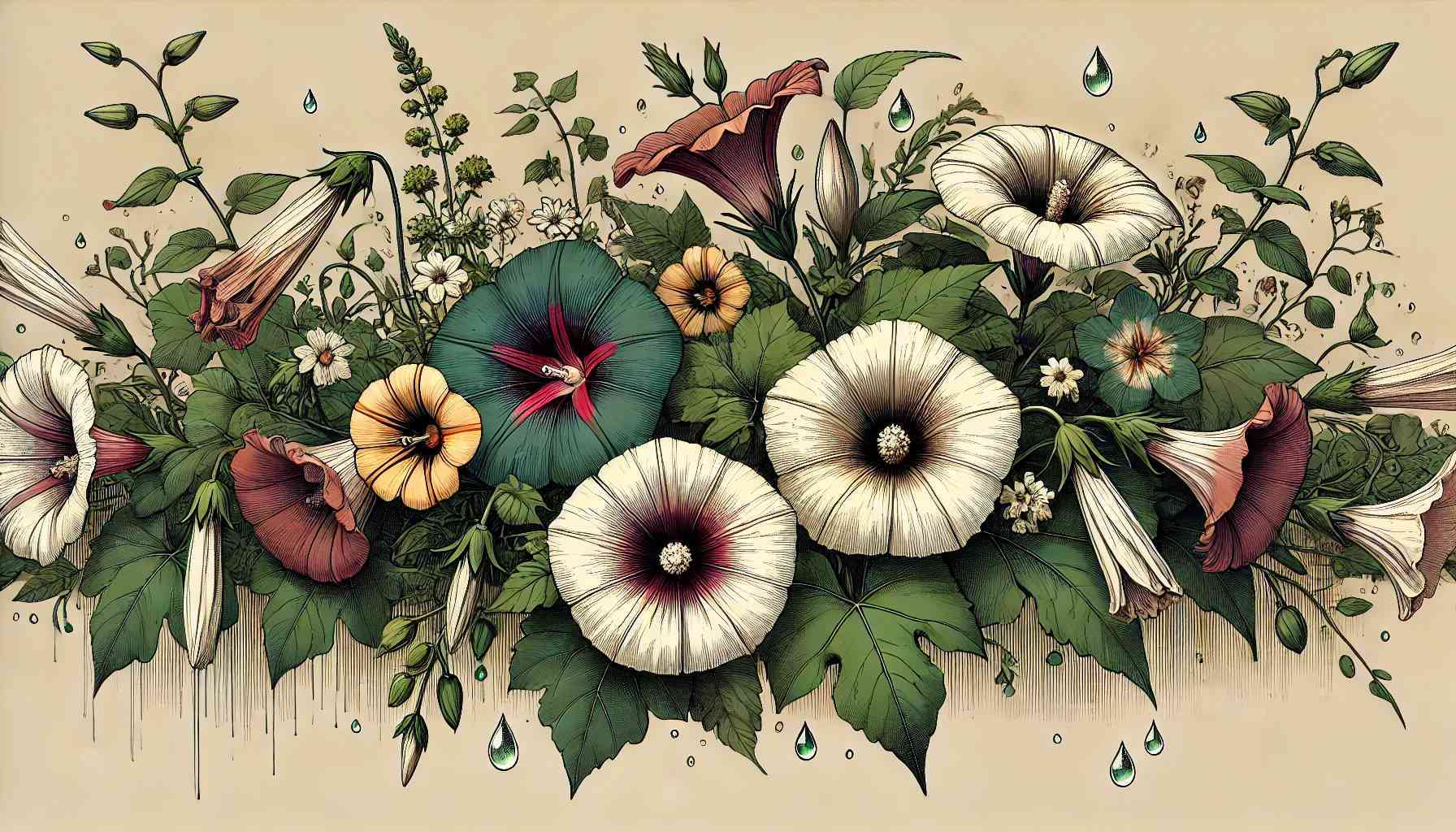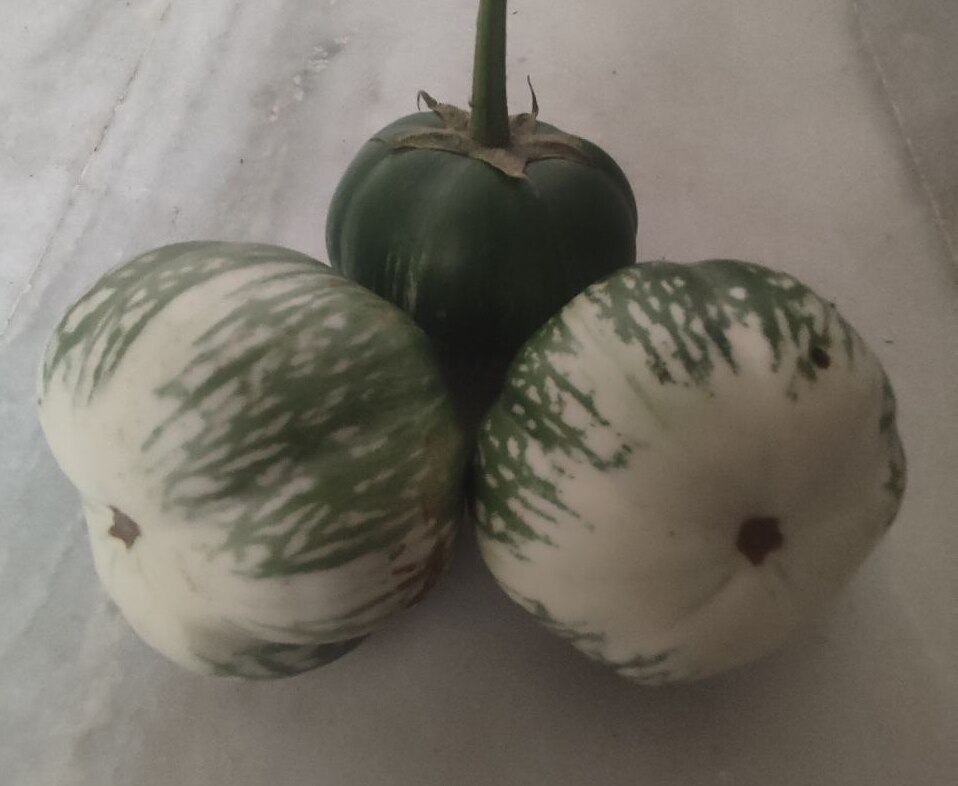As the Weather Starts to Cool Down, the Gardening Fun is Just Beginning!
As the weather starts to cool down, you might think it’s time to hang up your gardening gloves. But wait, don’t let that stop you from growing your own vegetables. Growing veggies isn’t just a summer thing. Winter does not mean the end of the growing season; in fact, it is just another beginning!
To make the most out of your garden, understanding what veggies grow best in Indian winters is the trick. Luckily, there are plenty of winter vegetables that’ll fit right into your gardening plans this season.
The Top 21 Vegetables to Grow in Winter in India
Here, we’ve put together a list of 21 winter-friendly veggies that do well in our Indian conditions. Some of them are even quite fun to grow, adding a bit of excitement to the whole gardening scene.
1. Romanesco Cauliflower
This Fascinating vegetable is a highly decorative Cauliflower cultivar that produce vivid green colour florets in a fractal-like pattern.
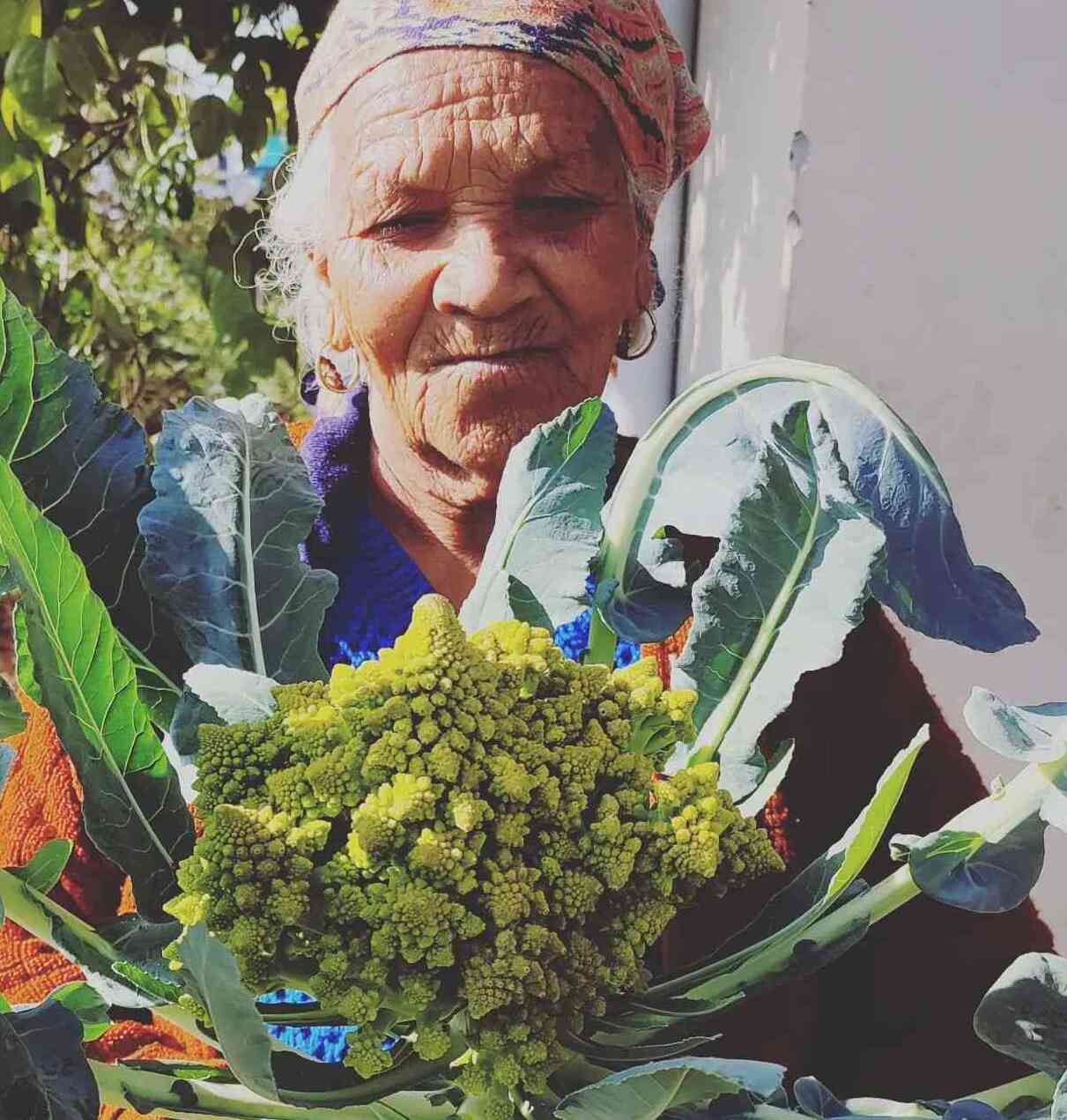
It does best in cooler weather. It’s heads grow up to 1kg and are ready to harvest 8-12 weeks from transplant.
Very tender, sweet, nutty flavour and crisp texture.
Not to mention, it’s jam-packed with fiber and vitamins A, B, and C. It’s also a good source of calcium, iron, and zinc.
2. Lettuce
Lettuce likes cool temperatures and can handle a bit of frost.
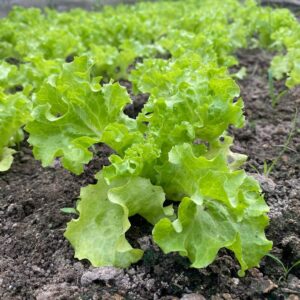
Plant your lettuce in sunny or partially shady areas. Lettuce can grow in a few types of soil, but it does need water and will do even better with some compost added.
You can start picking leaves when they’re just a few inches tall.
3. Fenugreek
Fenugreek—known as Methi in India. This two-in-one plant is a spice and a leafy veggie. Perfect for container planting, it doesn’t need much room, with shallow roots that just love a cozy pot.

Fenugreek is a quick grower, with its seeds germinating rapidly and fresh leaves ready to spice up your dishes in just 20-30 days. Its seeds take a little longer, about 3-5 months, to ripen.
Word of advice: Don’t transplant these guys. They’re a bit finicky and prefer to stay where they’re sown, whether that’s in a pot or as ground cover.
4. Fava Beans (Bakla)
Fava beans, also known as broad beans, are easy to grow in the cooler seasons.
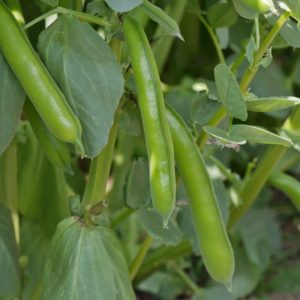
Broad beans like cool, damp conditions.
Once you’ve picked them, they’ll keep in the fridge for about a week. You can also freeze, can, or dry them.
Fun fact, they’re one of the oldest grown crops and they can make the soil better by fixing nitrogen from the air into the soil.
5. Swiss Chard
This vibrant leafy vegetable, a cousin of spinach and beetroot, loves cool weather. The best part—you can keep plucking its outer leaves throughout the season, and it keeps coming back!
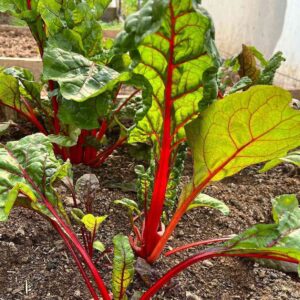
One friendly tip: Swiss chard tastes best fresh. If you do have to store it, keep it in an unsealed plastic bag for up to a week.
And here’s a fun fact: Despite the name, Swiss chard is more of a Mediterranean native than a Swiss one.
6. Mustard Greens
Aah, the mustard greens—also known as Sarson in India—are a winter staple. These hardy plants don’t mind the cold and even germinate better in cooler temperatures. Just keep them well-watered and let the frost touch them—it adds to their taste.
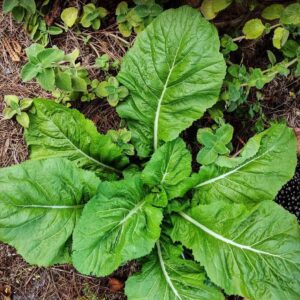
Any type of soil works for mustard, but for a good harvest, make sure it’s rich, well-drained, and well-prepared.
7. Garlic
If you’re looking for something easy and rewarding, try growing garlic. You plant the individual cloves, and before you know it, each one transforms into a full bulb of garlic.
The best time to plant garlic is from late September to November, with October being the star of the show. All they need is well-drained soil rich in compost and a bit of mulch.
Harvest them when leaves start to dry out and begin to lose the green colour.
8. Bok Choy
Also called Chinese cabbage or Pak Choy, this is a leafy green veggie that likes cool climates. Bok choy is sturdy and doesn’t need a lot of space, so it’s great for beginners.
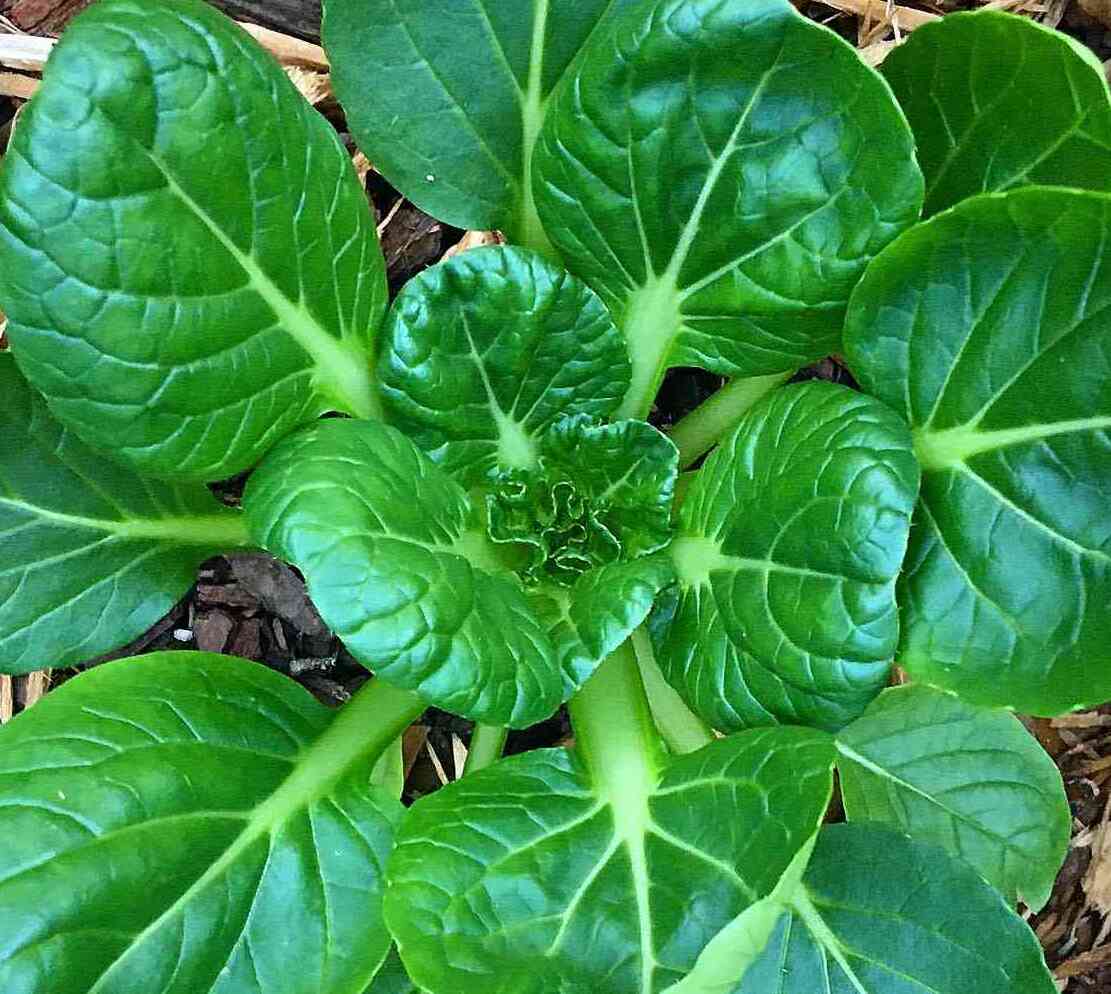
It grows pretty fast and you can start picking it in about 30 days after planting. This makes it awesome for gardeners who want quick results.
This popular Asian green can handle a bit of frost and gets tastier in late fall or early winter.
Fun Fact: It’s a kind of Chinese cabbage but doesn’t form a head like regular cabbage. Instead, the leaves are spoon-shaped with thick, crunchy stems, arranged in a loose rosette.
9. Beetroot
Ah, the humble beetroot or, as we lovingly call it, Chukandar. This cool-season veggie is a two-in-one deal—you can eat the root as well as the leaves, which taste just like chard.
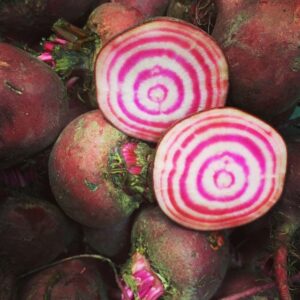
You can keep beets snug in the ground in mild climates. But if it’s freezing cold, clean those roots and stash them in a fridge or root cellar.
10. Onion
Onions are cool to grow because they’re easy, they can be stored for a long time, and you can eat them over many months. It takes about 5-6 months for an onion seed to grow into a fully grown onion. Onions like loose soil with lots of manure or compost mixed in.
You’ll see that onions grow better if you plant them in raised beds or rows. They can handle a bit of cold and they need a lot of sunlight.
If you like to eat young onions, also called “spring onions” or scallions, you can pull them out a few weeks after planting. If you want big onions, leave them to grow. When the tops start to turn yellow and fall over, they’re ready!
11. Radish
Radishes are awesome because they can grow in almost any kind of soil, as long as the water can drain away. Radishes are fun to grow in cold weather because they don’t need much care and they grow quickly.

Like onions, radishes need soil that drains well and regular watering. They grow super fast, with some types ready to eat just 22 days after planting.
Some radishes grow in winter, like daikons. These take longer but are very tasty. Plant them directly into sandy, well-drained soil outside.
12. Peas
Peas are one of the oldest veggies we have been growing. They are perfect if you don’t have much space, because you can plant them in pots and they grow upwards, not outwards.
Peas like cold weather and they even help improve the soil by fixing nitrogen. They need lots of sun and well-drained soil. You don’t need to add a lot of manure or compost, but a little is good.
Plant peas outside in late winter and make sure they have a trellis or something else to climb on.
Pick peas every 2-3 days. This means they will stay soft and the plant will make more peas.
13. Tomato
Tomatoes usually don’t grow in winter, but in places with mild winters, you can grow them. They need a lot of sun and good soil.
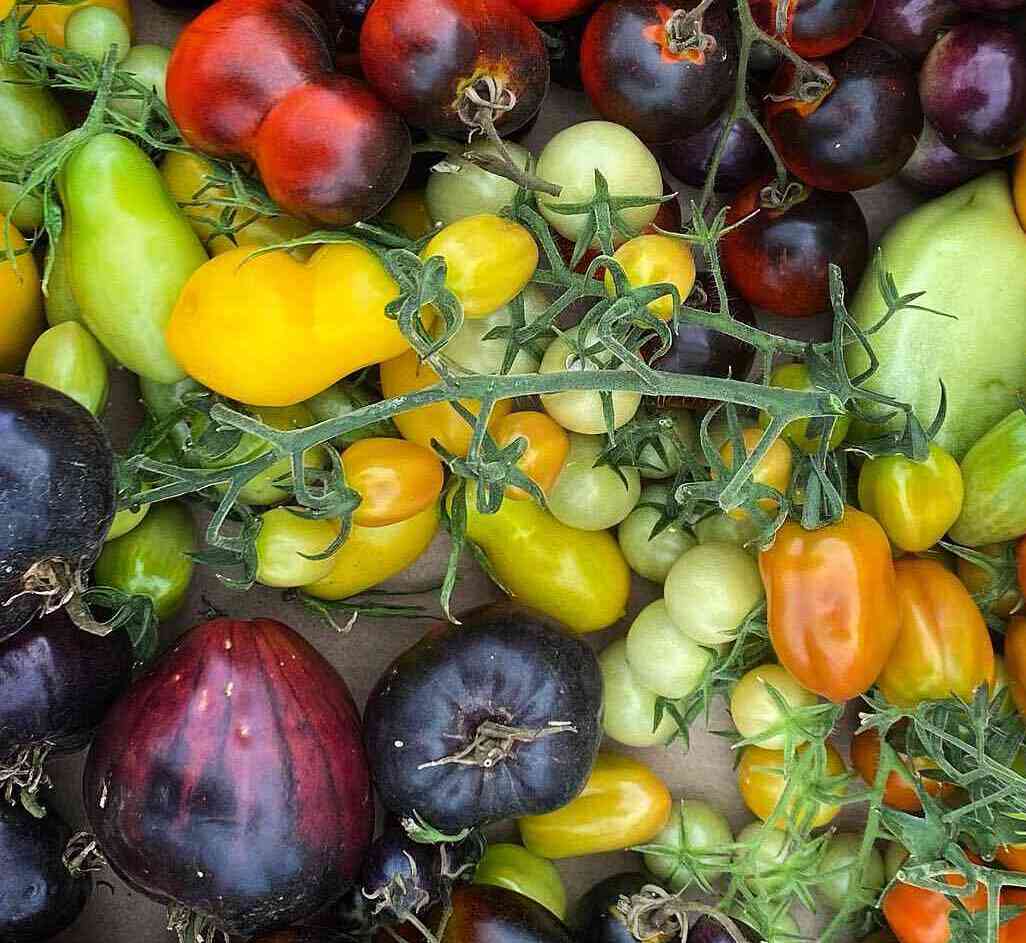
There are many different types and sizes of tomatoes, and they’re easy to grow in pots or in the garden. They make a lot of tomatoes, too.
In North India, where winter can be very cold, it’s best to start tomato seeds inside and move them outside once it’s consistently above 10°C.
14. Broccoli
Broccoli is great to eat and packed with good stuff for your body. It likes cool weather and can handle a bit of frost, making it a good choice for winter. It needs lots of sun and fertile, rich, and moist soil.
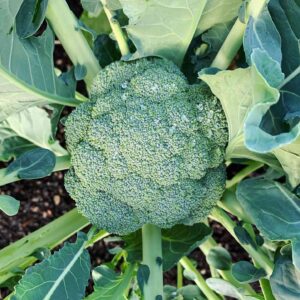
It’s best to start broccoli in trays or punnets, rather than planting the seed directly into the ground.
Cool Fact: The part of broccoli we eat is actually the flower of the plant!
15. Cauliflower
Cauliflowers can be grown from seeds or baby plants, and they’ll be ready to harvest in 50-80 days, depending on the type.
You want to plant your cauliflowers in fall or early winter, this way the flowers (or “curds”) get a chance to ripen in cold weather.
Cauliflowers like fertile, well-drained soils, but they’re a bit sensitive to temperature.
And hey, who said cauliflowers have to be white? Try growing some purple ones for a change!
16. Cabbage
Cabbages are pretty simple to grow and they like the cold, so plant them in fall, winter, or spring.

They take a bit of time to grow, so start them in pots and move them into the garden once they have around six leaves. They need a bit of frost to get nice and sweet, then they’re just perfect.
Fun Fact: Cabbages are made of leaves wrapping around each other to make the head, they don’t grow on a stem.
17. Brussels Sprouts
Brussels sprouts are an interesting kind of cabbage. Unlike other cabbages, sprouts grow tall stalks, with bushy foliage at the top.

They grow in full sun or part shade and they’re not too picky about the type of soil, but slightly heavy soil works best.
Fun Fact: Brussels sprouts grow in a cool way, forming tiny “cabbages” along the stem of the plant.
18. Turnips
Like their broccoli and cabbage cousins, turnips can handle winter temperatures. Mulch is excellent for keeping turnip roots warm through the cold.
Turnips grow well in cool weather and need well-drained soil. Both the root and the leaves can be eaten, making them a two-for-one deal.
You can pick both the leaves and the root of the turnip. Once you’ve picked them, your turnips can be stored for several weeks in a cool cellar or dry, dark area.
19. Bathua / Fat Hen (chenopoodlium album)
Chenopodium album also known as bathua in Northern India, Nepal, and Pakistan, is grown and eaten a lot.
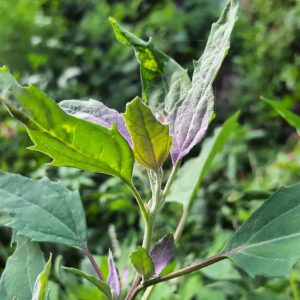
The greens of the plant can be prepared like spinach and are full of nutrients. It also grows edible seeds.
If you grow them in good soil and conditions, you’ll get great crops, but even in not-so-great conditions, it still gives a decent harvest.
20. Spinach
Plant spinach in sunny to partly shady spots in rich soil that has been mixed with high-nitrogen compost. Keep spinach well-watered and pick individual leaves as needed.
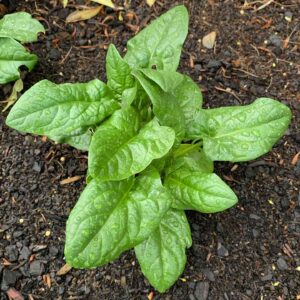
The best thing about spinach is it can handle frost, making it perfect for winter gardens. It can even grow better and taste sweeter after a frost!
Fun Fact: Most people are surprised to find out that spinach is part of the beet family.
21. Carrots
Carrots are a fun veggie for you or the kids to grow. With the right spot and soil preparation, it’s also very easy to grow.

Carrots are almost always grown from seed, and should be planted where they will grow, as they don’t like being moved. Carrots grown from baby plants can get shocked from moving and the roots may not grow straight.
Carrots like sandy, well-drained soil and cool temperatures. Carrots take from 8 to 10 weeks from planting the seeds until they are ready for harvest.
Fun Fact: You can grow carrots in pots! Baby carrot variety are just awesome in pots.
Conclusion: Seize the Winter
The key to a successful winter garden is starting early. Although most of these crops can tolerate temperatures well below freezing, they still need to be planted early in order to properly adjust before winter sets in.
There is an abundance of plants that will make winter gardening even more exciting! With our recommendations, you are all set for a successful season!
Here’s to winter gardening! It’s more than just a hobby, it’s a lifestyle. And remember, a green thumb is a happy thumb.
Happy Gardening!


